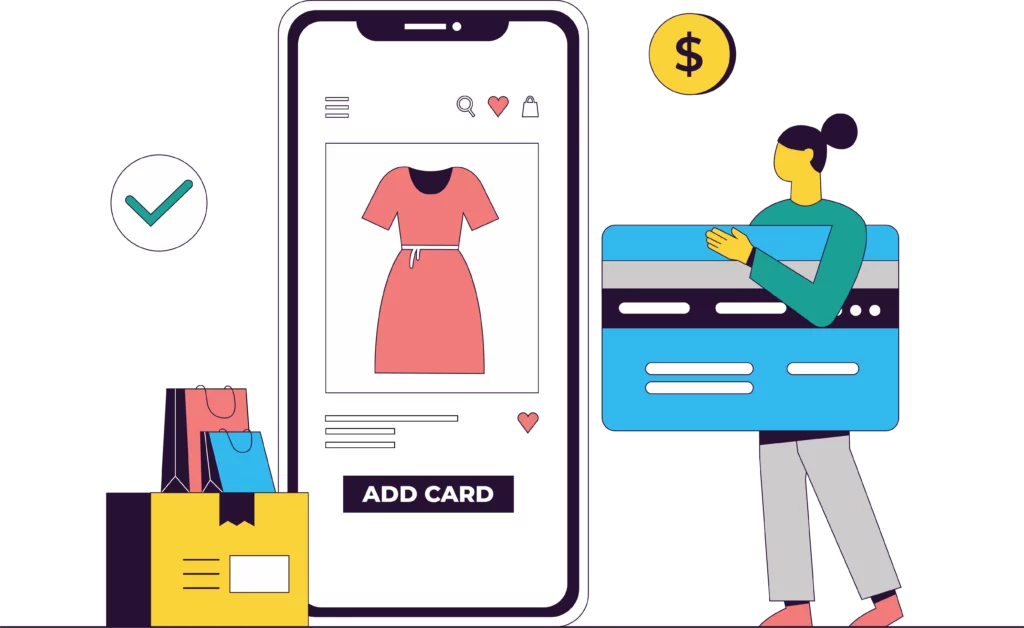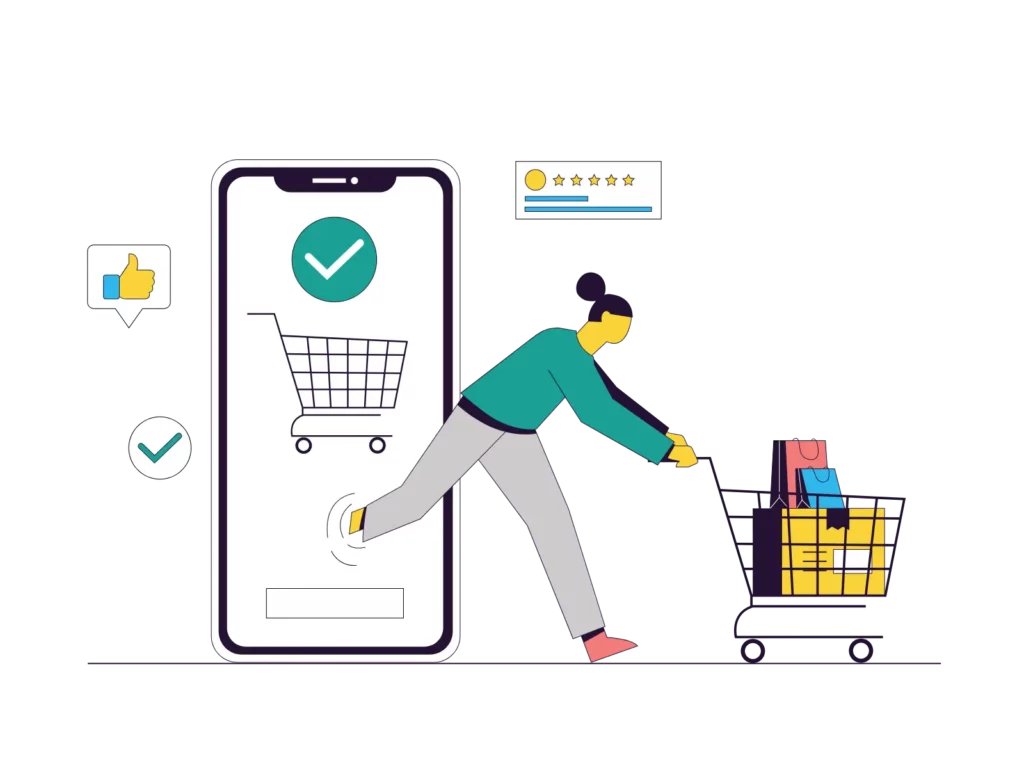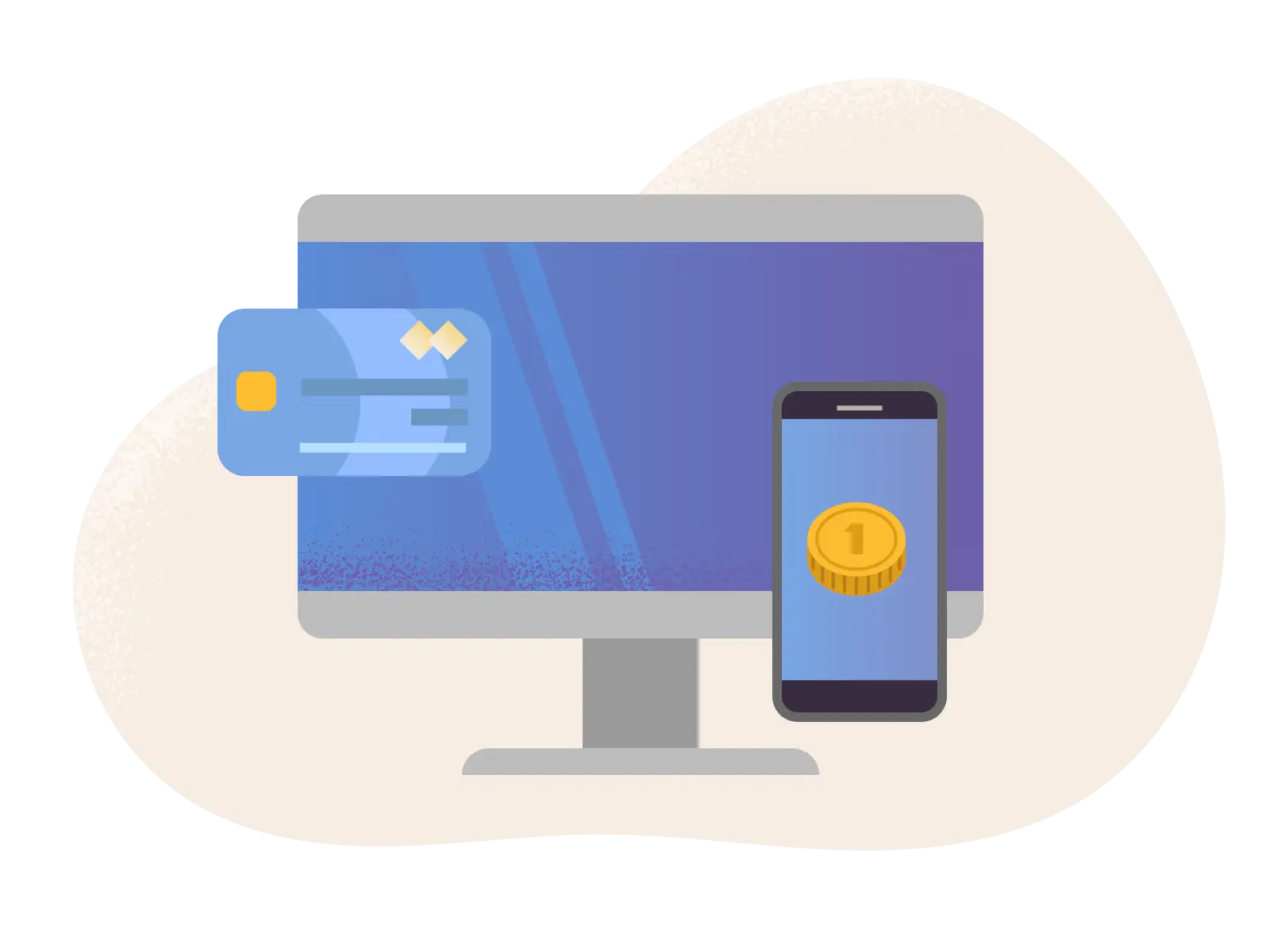Digital payments are on the rise, and they’re not slowing down anytime soon. The market is expected to grow by over 13% each year, hitting a projected $38 trillion by 2030.[1]Statista.com. Payments Worldwide. Accessed June 24, 2025. In this fast-moving landscape, businesses that embrace the right payment technology are better positioned to stay competitive, improve cash flow, and earn customer trust.
However, with so many payment options, figuring out which provider is right for your business can feel overwhelming. One area that often causes confusion is the difference between payment aggregators and payment facilitators. In this payment aggregator vs. payment facilitator guide, we’ll break down how each works, their pros and cons, and how to decide which option makes the most sense for your business.
Key Takeaways
- Both payment aggregators and payment facilitators (PayFacs) simplify business transaction processing. However, they differ in their operational models, account structures, features, and customization levels.
- Payment aggregators offer a fast and easy setup process, making them ideal for businesses that need to start accepting payments quickly.
- Payment facilitators provide more robust features, such as risk management, fraud prevention tools, and higher customization.
- The best fit for your business depends on its size, the number of transactions it processes, and your long-term goals.
What Is a Payment Aggregator?
As a payment service provider, a payment aggregator lets businesses accept payments without an individual merchant account. Instead, the aggregator connects you to their existing payment system and handles processing on your behalf. Here’s what this model of payment processing looks like in action:
- A customer makes a purchase at your business.
- The payment goes through the aggregator’s master merchant account.
- The aggregator takes out their transaction fees and send the rest of the funds to your business bank account.
An aggregator is a good fit for smaller businesses that need to begin accepting payments immediately and don’t have complex processing needs.
What Is a Payment Facilitator (PayFac)?

Under the payment service provider umbrella, a payment facilitator (PayFac) is a more advanced solution. Like aggregators, PayFacs let you accept payments without a dedicated merchant account, but they go one step further by creating a sub-merchant ID just for your business. This unique ID gives you more control and visibility into your transactions. It also makes it easier to customize the payment experience to match your brand. Here’s how a PayFac transaction typically works:
- The customer makes a purchase at your business.
- The payment is processed through the PayFac’s master merchant account, but it’s linked to your sub-merchant ID.
- After fees are deducted, the transaction funds are deposited into your account.
The onboarding process usually takes a bit longer — around one to three business days — but you have more control and insight regarding your business’s payment processing.
Key Differences Between Aggregators and PayFacs
At first glance, payment aggregators and payment facilitators offer a similar key selling point: They make it easy for businesses to accept digital payments. However, they work differently and offer varying benefits. Let’s take a closer look at the key differences between these two popular payment models.
| Aggregators | PayFacs | |
| Onboarding & Approval Time | Super quick setup with minimal information required. However, as a result, they’re more likely to hold or freeze your account later if something looks off. | Setup takes a little longer, but your business is verified up front. That means fewer surprises and interruptions later. |
| Risk Management & Compliance | Use broad, one-size-fits-all risk rules. You may be responsible for handling parts of compliance, especially industry-specific, on your own. | Offer more tailored risk controls and usually help you stay compliant with industry regulations, including PCI DSS, KYC, and AML. |
| Customization & Control | Provide a basic, standardized setup with limited ability to customize payment branding or data analytics. | Give you more control over how payments are processed and data is reported. You can even customize how charges appear on customer statements. |
Pros and Cons of Each Payment Model
Being aware of each payment model’s benefits and drawbacks can help you make an informed decision about which is best for your specific needs.

Benefits of Payment Aggregators
- Ease of Setup: You can set up and start operating almost instantly with minimal technical know-how.
- Ideal for New Businesses: A good choice for small business owners just getting started.

Drawbacks of Payment Aggregators
- High Transaction Fees: This can be less cost-effective for growing businesses due to higher fees.
- Less Control: Offers less control over the payment process compared to other solutions.
- Limited Customization: Provides fewer options for customizing the payment experience to suit your specific requirements.

Benefits of Payment Facilitators
- Enhanced Control: Unique sub-merchant IDs help merchants maintain greater control over the payment process.
- Middle Ground Solution: Offers a balanced solution between aggregators and traditional payment processors.

Drawbacks of Payment Facilitators
- Stricter Onboarding: Conventional PayFacs have more stringent onboarding requirements.
- Longer Setup Time: Initial setup takes slightly longer compared to aggregators.
If you need more than either a payment aggregator or facilitator offers, a merchant services provider is another option. This route gives you even more comprehensive payment support — tailored payment solutions, competitive rates, industry-specific features, and dedicated assistance.
How to Choose the Right Model for Your Business
Here are a few factors to consider when evaluating payment providers:

- Consider your business size and transaction volume. If you’re processing a lot of payments, aggregator fees can add up quickly. A PayFac or payment provider with better rates might save you more in the long run.
- Find a balance between ease of setup and customization. If you need to get started immediately, an aggregator is likely the best choice. However, if you’re looking for features like branded checkout pages or detailed reporting, PayFacs are a better fit.
- Plan for the future. Ideally, the payment provider you choose should scale with your business. Look for services that offer dedicated customer support, industry-specific features, and a cost-effective pricing structure as your transaction volumes grow.
Overall, payment aggregators offer a fast and straightforward solution for businesses that are not categorized as high-risk, do not process high transaction volumes or high-ticket items, and generally have less complex needs. Meanwhile, payment facilitators provide a more secure and personalized payment solution. Another solution is a merchant services provider that can help you obtain a dedicated merchant account for comprehensive, customizable payment processing.
At PaymentCloud, our payment offerings are designed to support the unique needs of any individual business, including those that demand specialized security, advanced customization, or sophisticated processing capabilities beyond what typical aggregators or facilitators can provide. Our full suite of credit card processing solutions can even be leveraged by ISV or SaaS businesses looking to embed payments, empowering them to extend robust payment facilitation services to their users.
Payment Aggregator FAQs
What is an example of a payment aggregator?
PayPal is a popular payment aggregator. PayPal help you accept online payments quickly without setting up a merchant account.
Which is the best payment aggregator?
The best payment aggregator depends on your needs. Some offer better support for international payments, while others are more developer-friendly.
What is a payment gateway vs an aggregator?
Understanding the difference between a payment gateway and payment aggregator will help you choose the right solution. A payment gateway is the technology that transmits payment data to the payment processor. A payment aggregator is a service that enables businesses to accept payments without a merchant account. An aggregator often uses a gateway as part of its process.




